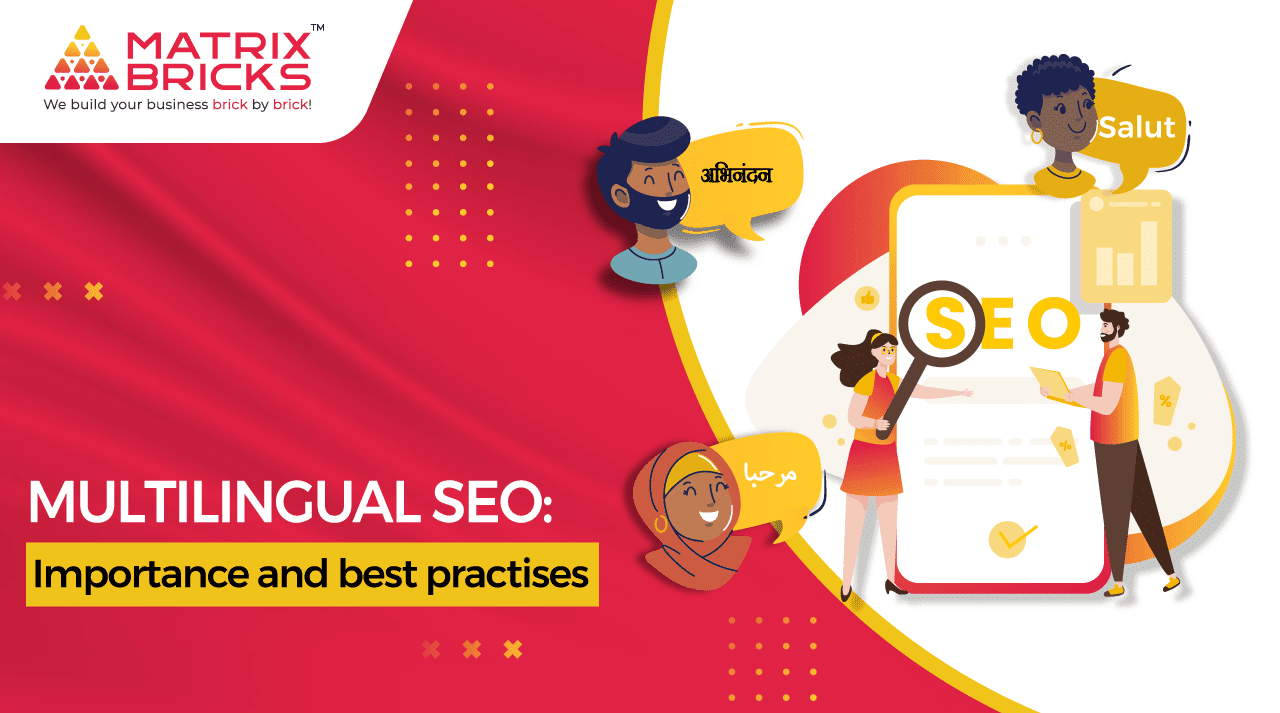
As you may or may not know, Google’s ranking system uses the relevance of a site’s content to showcase its visitors. If you’re ranking for specific keywords, then your site needs to provide the best possible content for the searcher.
This means that having reliable, original, and relevant content that can be read by all types of people is necessary when linking back to your site from other websites on the internet.
While websites are predominantly covered in English, the internet is increasingly moving towards a global society where people are looking for information in their native language. For targeting these users, multilingual SEO becomes paramount.
Now, there’s a bit of confusion between multilingual and international SEO, seeing how they sound similar and overlap in some ways, but the two are quite different. Here’s how:
While multilingual SEO can apply to websites with an international presence, it specifically applies to websites within countries that have several native languages. For instance, a website with a presence in a country like Canada, or India, would try to have pages in local languages to serve its domestic audience.
On the other hand, a website of a UK brand may serve audiences with a successful SEO strategy in multiple countries like the USA, Scotland, etc. as they share the same language. This is international SEO.
So one can gather that Multilingual SEO is meant to specifically zero in on consumers and users where making content in the native language changes the game.
Now the question arises: Just how do websites prioritize users of particular languages and dialects in their organic search?
By applying Hreflang tags:
This helps Google determine exactly which rendition of a page is meant for which specific language and country.
Inserted in the header section of the original page or submitted via a sitemap, these tags can be added in the form of multiple hreflang attributes, if a page is intended for multiple regions.
It is conducted through a combination of language and country code and is a work of tedious mastery overlooked by professional SEO providers.
To illustrate an example, here’s a hreflang tag being used for…
By using dedicated URLs
When you have a website in multiple languages, you need to set up separate URLs for each language.
This is necessary because your URL is the first part of your website that users view, which is why it needs to be your starting point for SEO localization. Having separate URLs for each of your language or country pages enables Google to crawl, index, and rank your sites effectively.
This can be achieved by including a language indicator in your URLs to help search engines recognize the website language. For example, your original page might be www.mywebsite.com, while its French version could be www.mywebsite.com/fr/
By translating the covert parts of your website
While it’s possible and understandable how a website’s “hidden” parts can be forgotten when creating multilingual websites, it is just as important to keep an eye out for the blunder.
Why? Because SEO incorporates all the content that users see and don’t, making them all equally important.
This refers to the text that works in the background and all the pages that users see while performing certain actions such as Metadata descriptions, Metatag titles, URLs, Alt text for images, Checkout pages, Contact pages, Newsletter sign-up forms, and Error messages.
Of these, the metadata and meta tags titles are of particular importance as they show up in the search results on Google.
By using location-based keywords
Simply translating your keywords doesn’t cut it for creating pages in different languages. This is because language-specific keywords don’t always follow location-specific keywords. For example, chips in the UK, have a completely different meaning than chips in the US, though both of them are English-speaking countries.
As a result, specific research for each region and language you want to target becomes highly mandatory—and beneficial.
To sum it up, localized SEO cannot be ignored as its crucial in drawing in the right audience and providing a long-term robust user experience. Who wouldn’t want that in this cut-throat competitive environment, right?
But in the same beat, we understand that championing SEO for your business can be a daunting task, especially when you’re required to create multiple pages simultaneously. This is why it is it might be worth your dime to invest in expert multilingual SEO services 🙂





